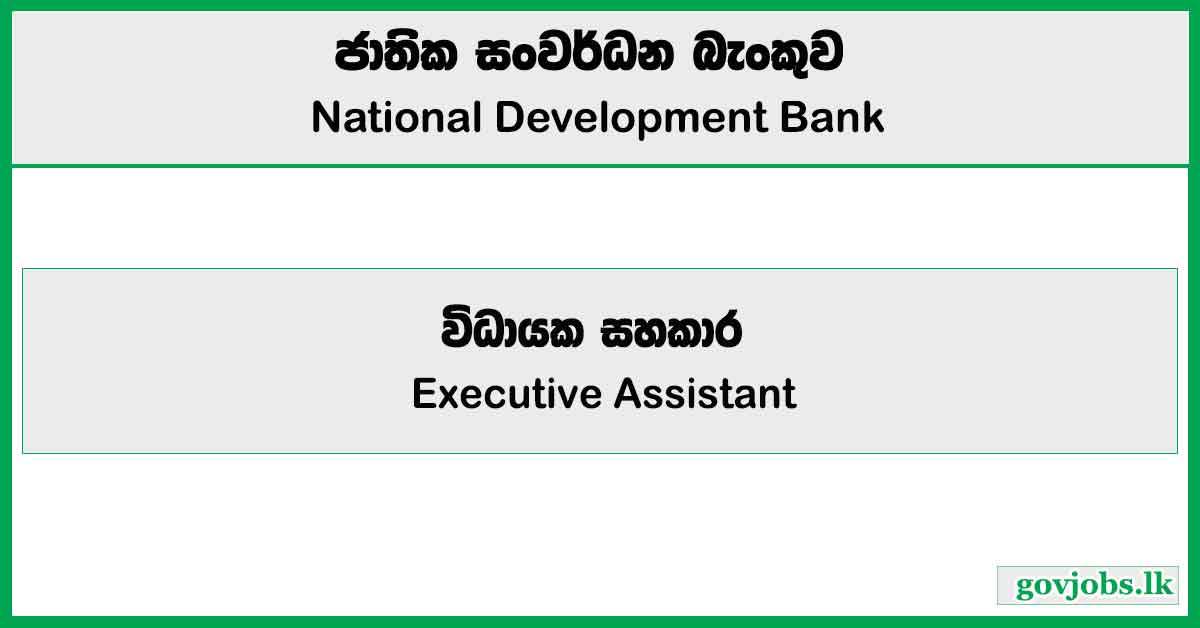
Executive Assistant – National Development Bank Job Vacancies 2025
National Development Bank invites applications for the post ofExecutive Assistant. …
Government Job Vacancies, Courses, Exam Results, Past Papers

National Development Bank invites applications for the post ofExecutive Assistant. …

National Development Bank invites applications for the post of Vice …
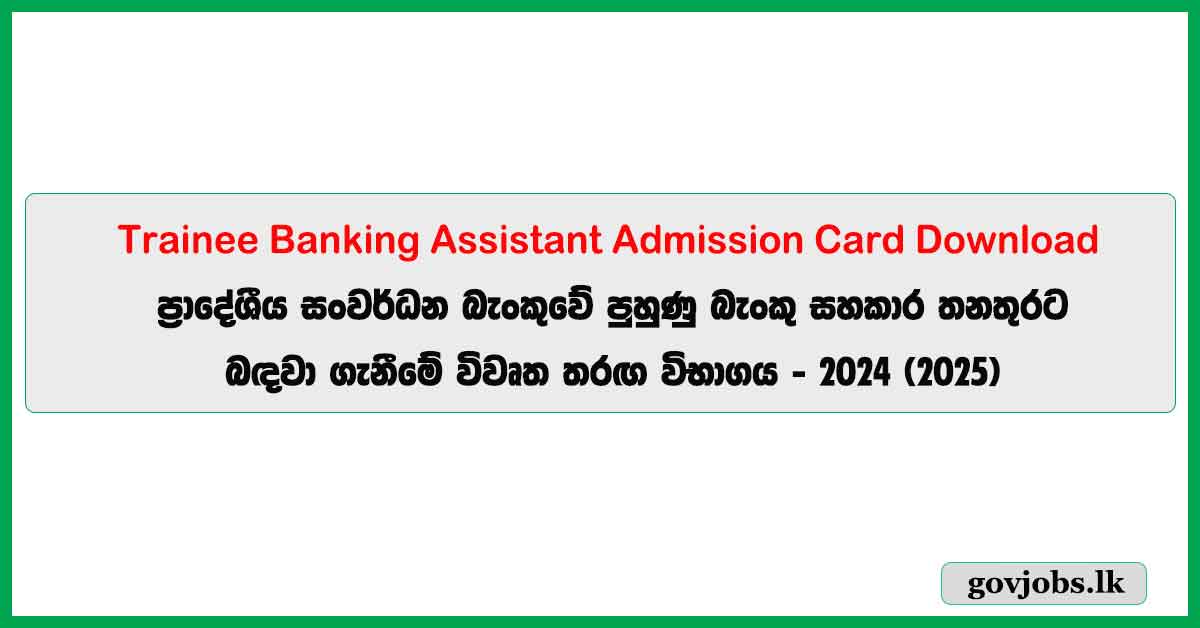
Regional Development Bank invites applications for the post of Trainee …
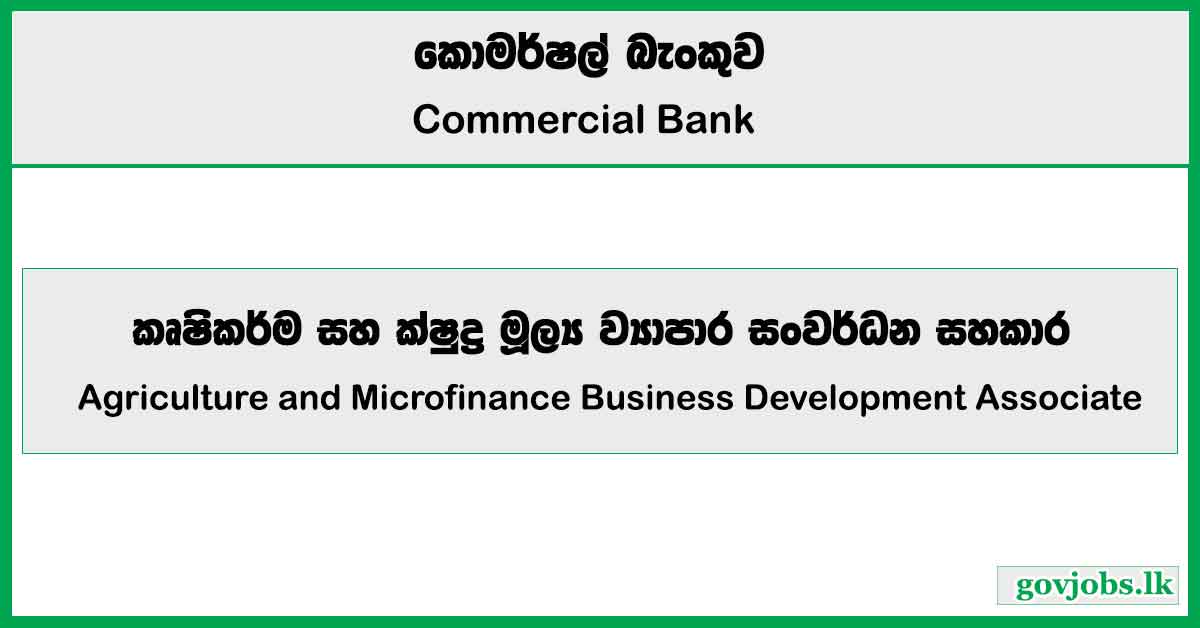
Commercial Bank of Ceylon PLC invites applications for the post …
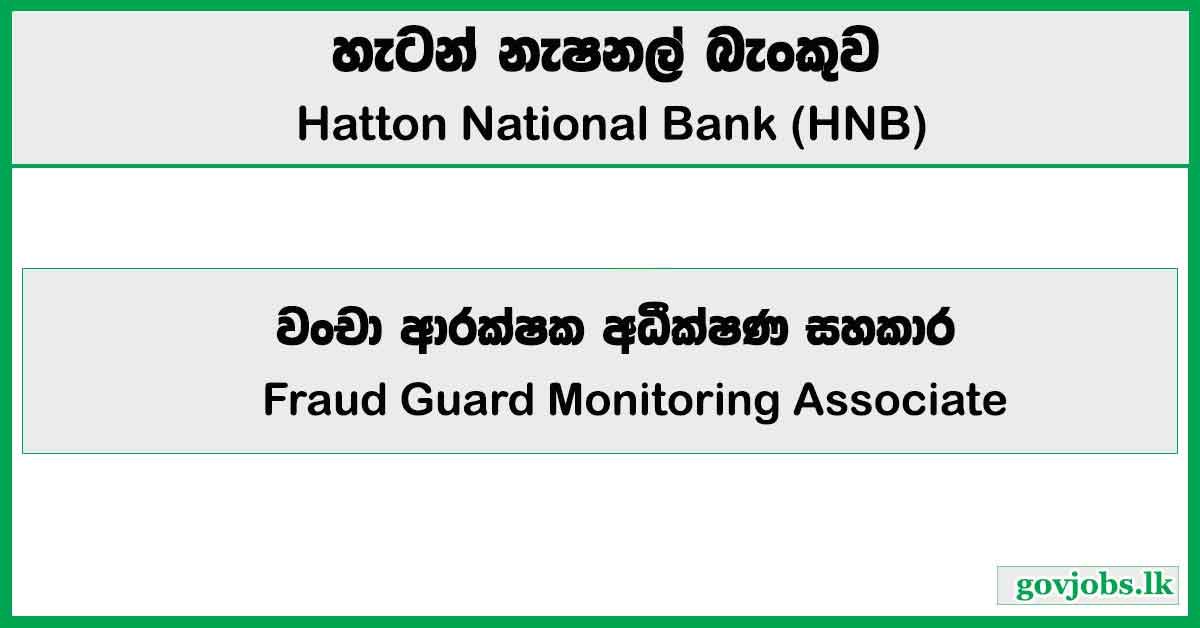
HNB Investment Bank invites applications for the post of Fraud …

National Development Bank invites applications for the post of Junior …
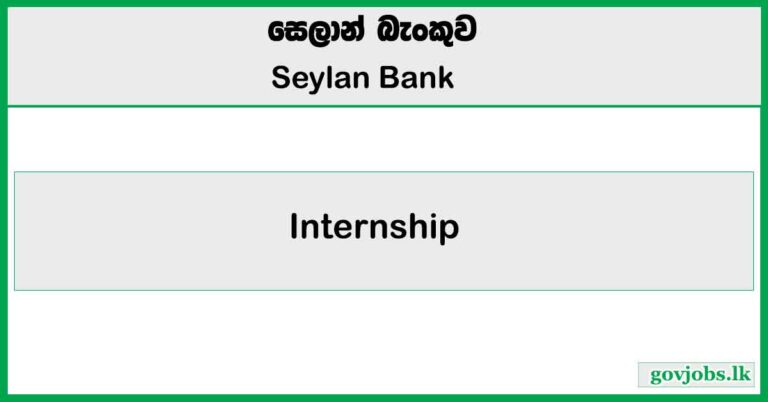
Seylan Bank PLC invites applications for the post of Bank …

Seylan Bank PLC invites applications for the post of Senior …

People’s Bank invites applications for the post of Head of …
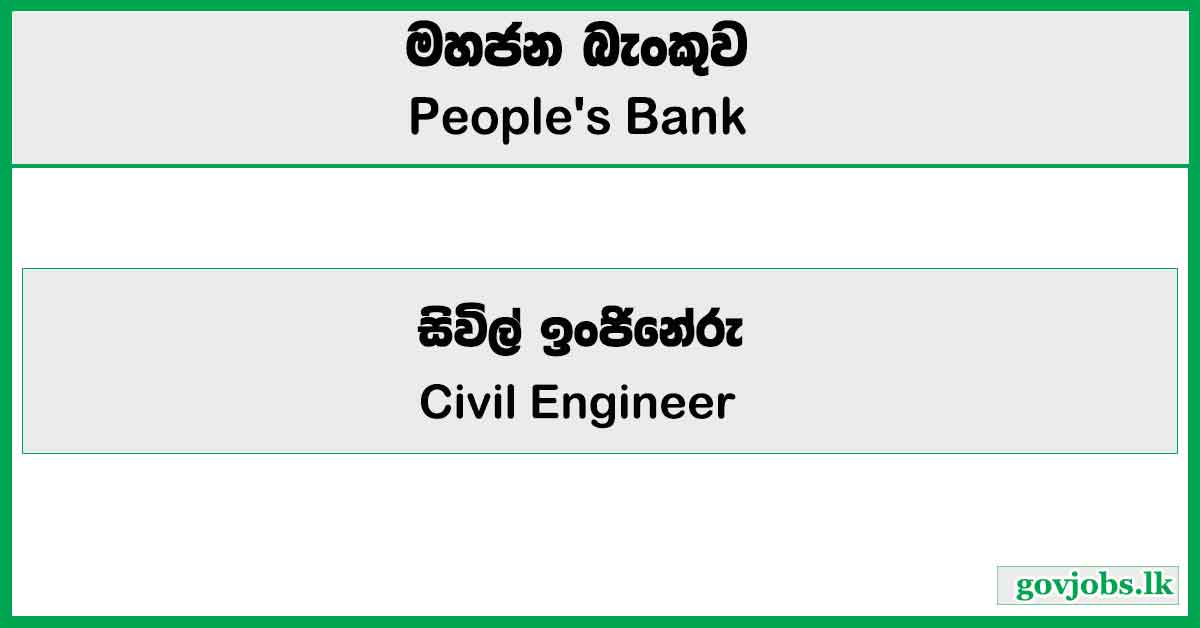
Peoples Bank invites applications for the post of Civil Engineer. …